One of the benefits of technology for the nature lover is the digital camera. Back in time, developing photographs was time-consuming and expensive and the results often extremely exasperating. You handed in the film to be developed, often into a pharmacy. Then you waited for your photos to be “in”… Do you remember that?
If you do, chances are you appreciate the freedom that inexpensive digital photography provides. Point your camera, shoot and check your image. It’s so simple.
High-quality macro modes are standard on digital cameras, and the quality is often striking, even allowing butterfly eggs to show up well when the image is viewed later on your laptop. This assists identification in some tricky species. The Field Grasshopper, for example, can be separated from the Common Green Grasshopper by the presence of hair on its underside-a digital camera with a good macro mode shows this feature.
There are surprises too. At times a photo is taken but only when seen on a laptop screen do you realise that more was going on than you thought. The butterfly that appeared to be resting on a leaf was laying eggs. A spider had its fangs embedded in the Orange-tip’s thorax; it merely looked to be a docile, camera-friendly butterfly posing obligingly for your shot.
Another pleasure of photography is the anticipation it offers when your walk is over. The walk is over but there is more to look forward to as you contemplate looking at your photographs on your laptop, especially if you think you have the perfect pic that has eluded you forever.
The photo albums are a great record of your walk, your day, your summer, your year. Looking over your photos at the year’s end triggers happy memories of sunshine and healthy habitats and the promise of more to come in the year ahead.
Some butterfly lovers are waiting for the much loved Clouded Yellow butterfly. The years when this gorgeous mustard-coloured migrant arrives en masse are infrequent but memorable. While it is here, we have a taste of the Mediterranean. We have not had a good Clouded Yellow Year since 2006, or a great year since 2000. Who knows, when we get another great year we might see the Pale Clouded Yellow, a serious rarity here, too.
On a more serious note, photography allows us to keep a record of what we saw, where we saw it and when. This can be valuable information, enabling us to track the health of habitats and species. These photos serve as a reminder of what is being lost and can excite action to address these losses. One day around 2004, I was shown a photograph of a Marsh Fritillary taken in Waterford. “It’s gone now,” the photographer said. This spurred on conversations about the terrible impacts we were seeing on our habitats and culminated in the establishment of Butterfly Conservation Ireland in 2008. Since then, we have brought habitat issues to the attention of the state, planners, private companies and the general public, feeding into the good work being done by the environmental movement.
That photograph was a spur to action.
That is what photographs can do. They inspire, excite, inform, educate, delight. Photography does not have to be a one-dimensional relationship with nature when a photographer ‘collects’ species in photographic form. It can be so much more…
Here, then, are the photos taken during a couple of recent rambles. Please enjoy them. Better still, share yours with us by sending them to our Facebook page.
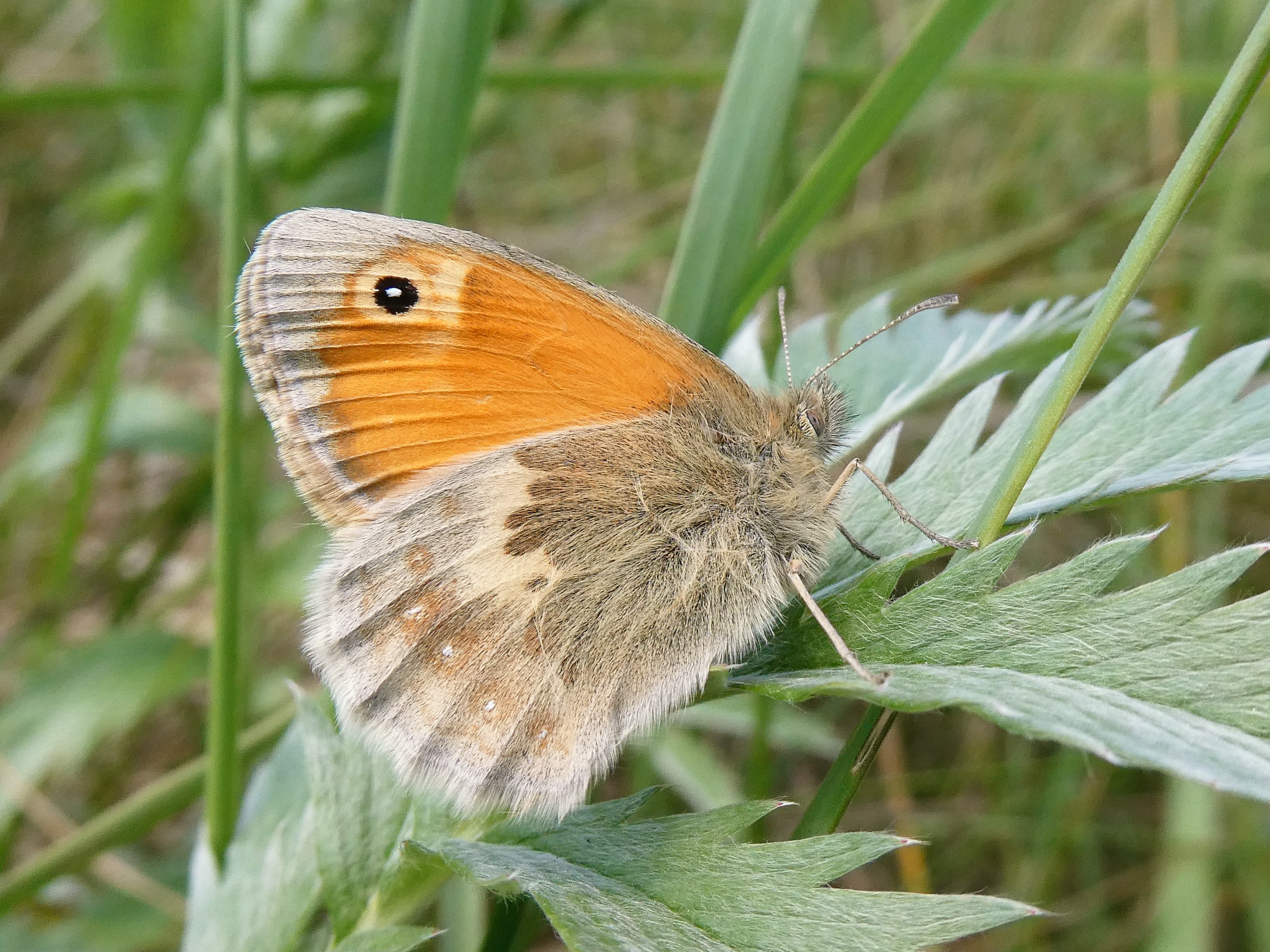


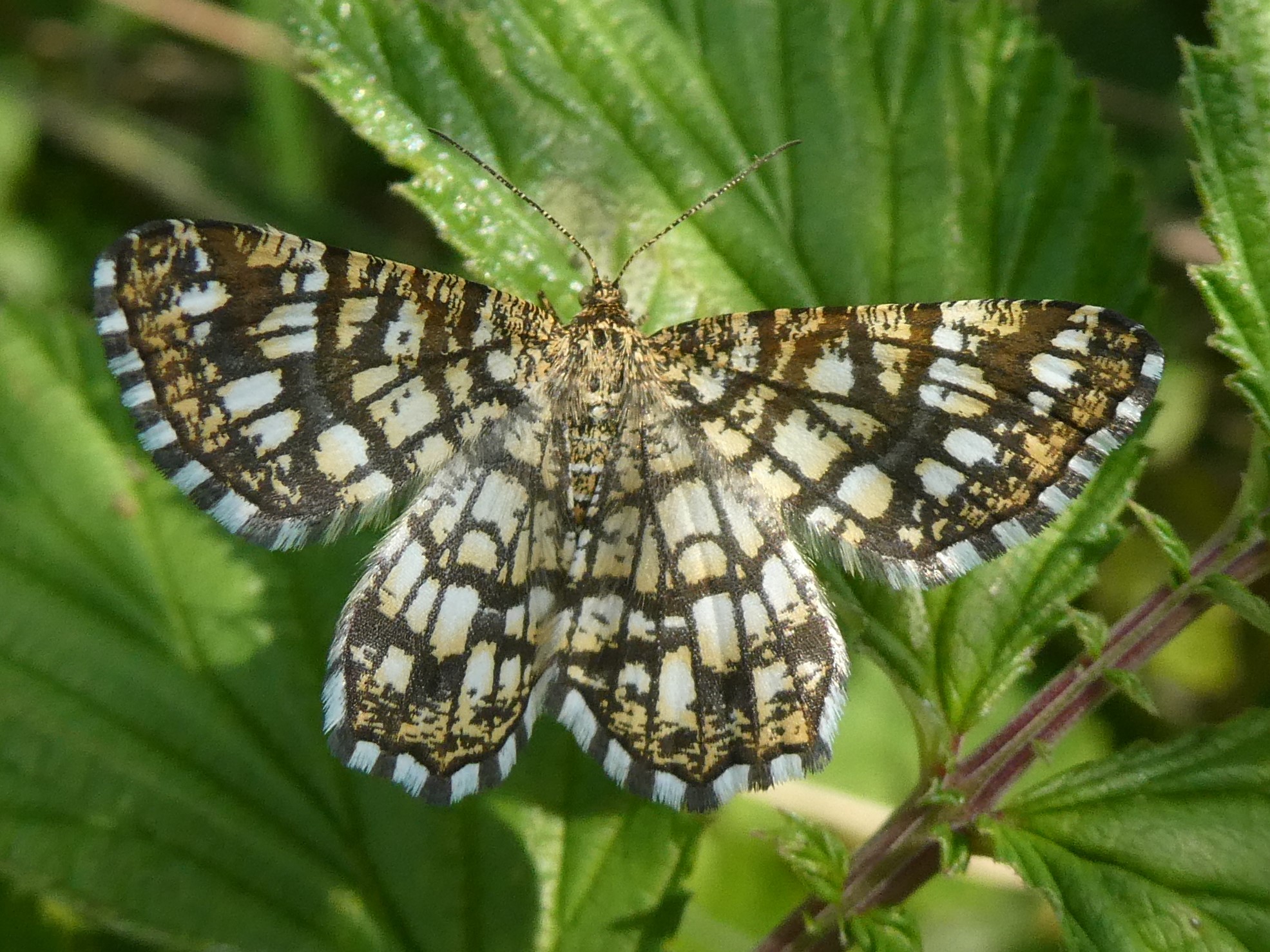
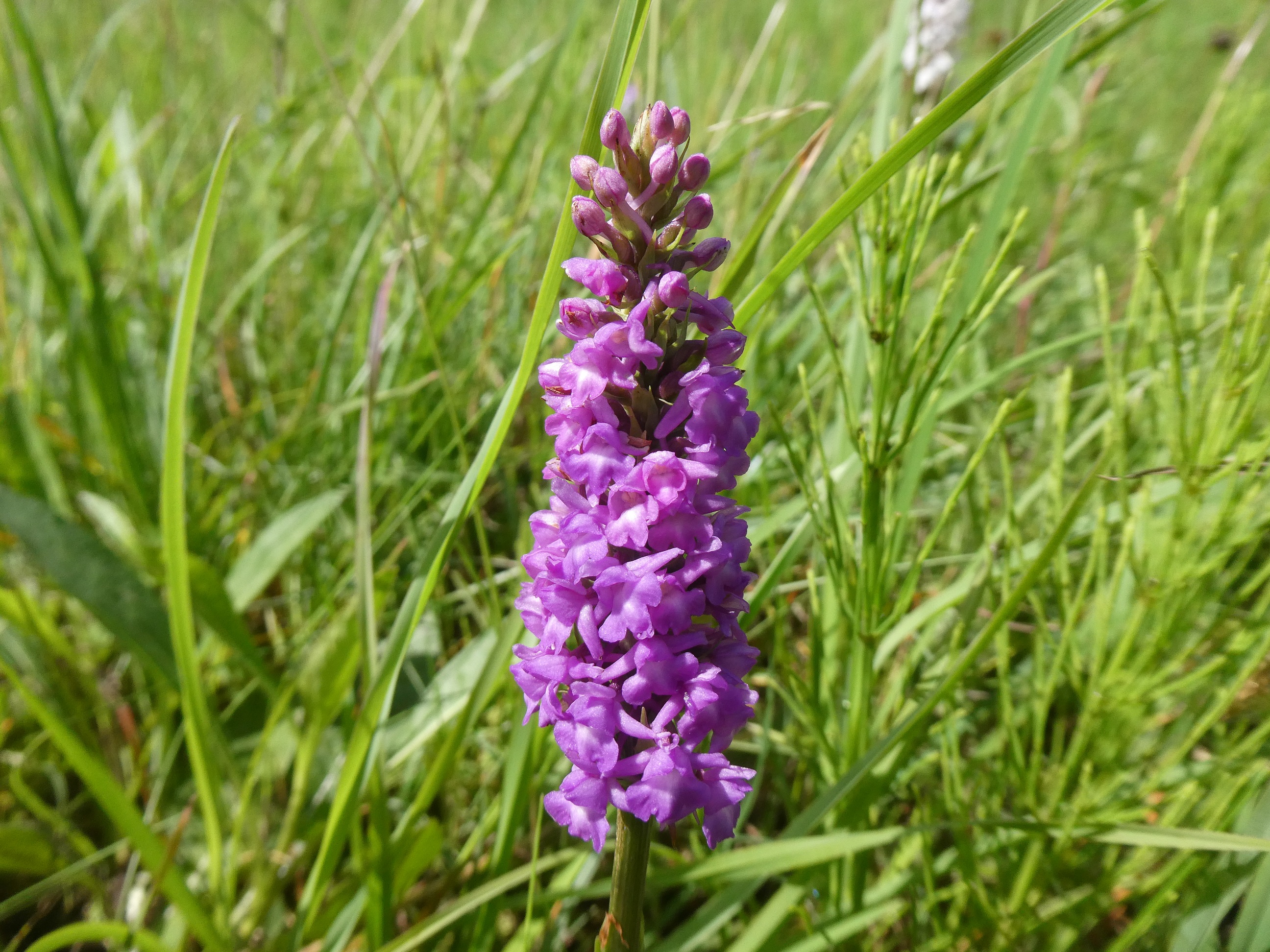

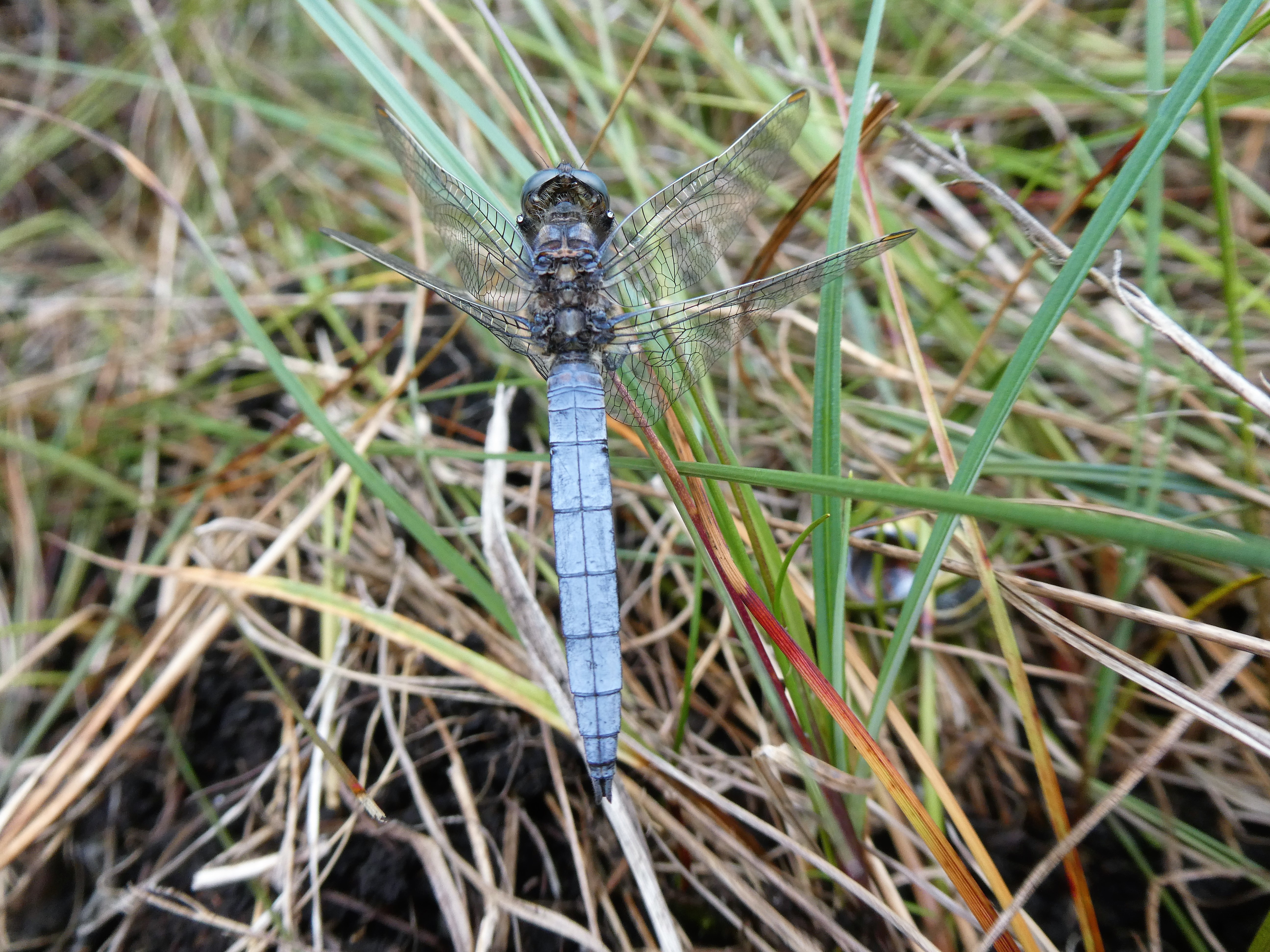
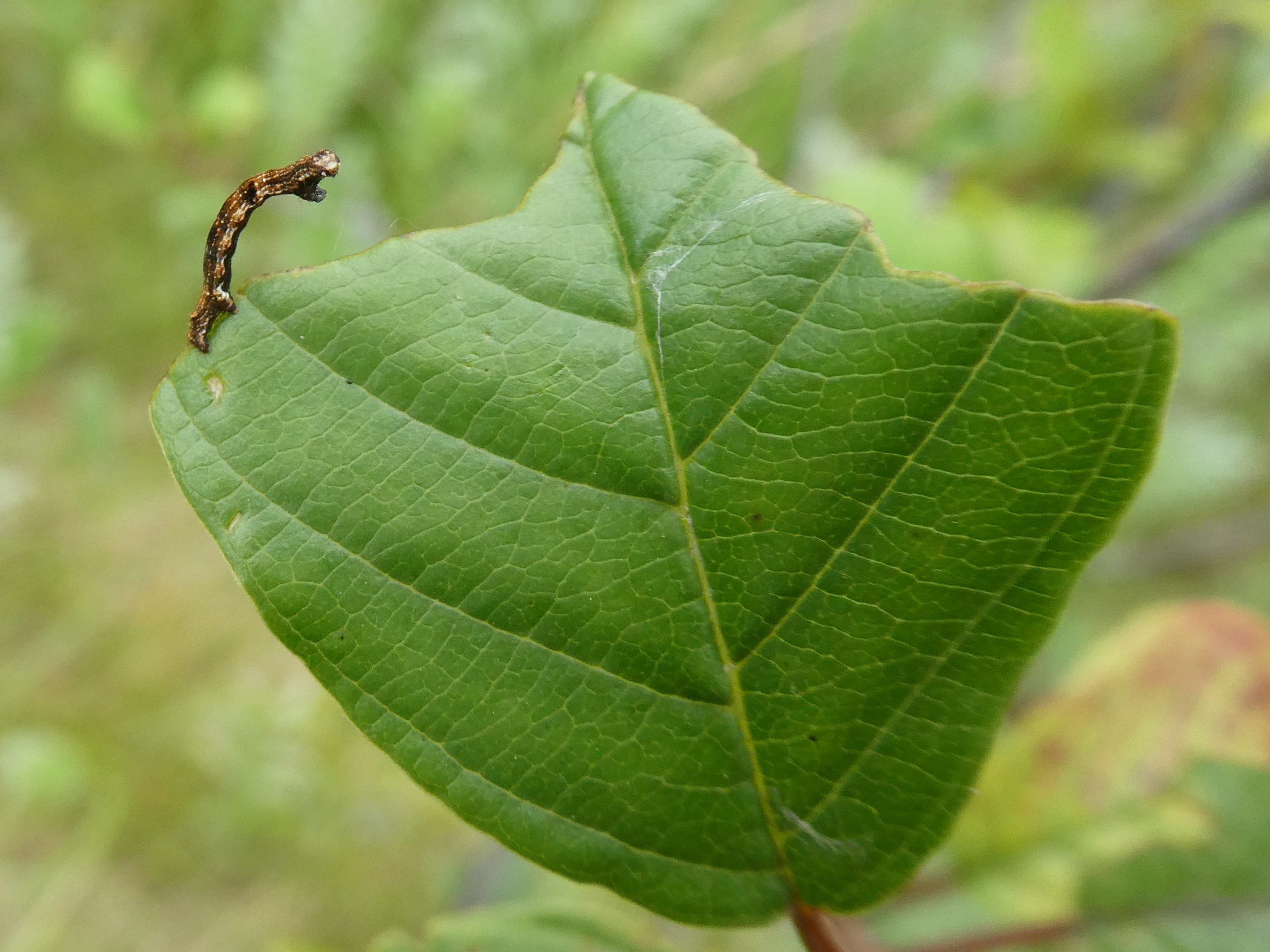
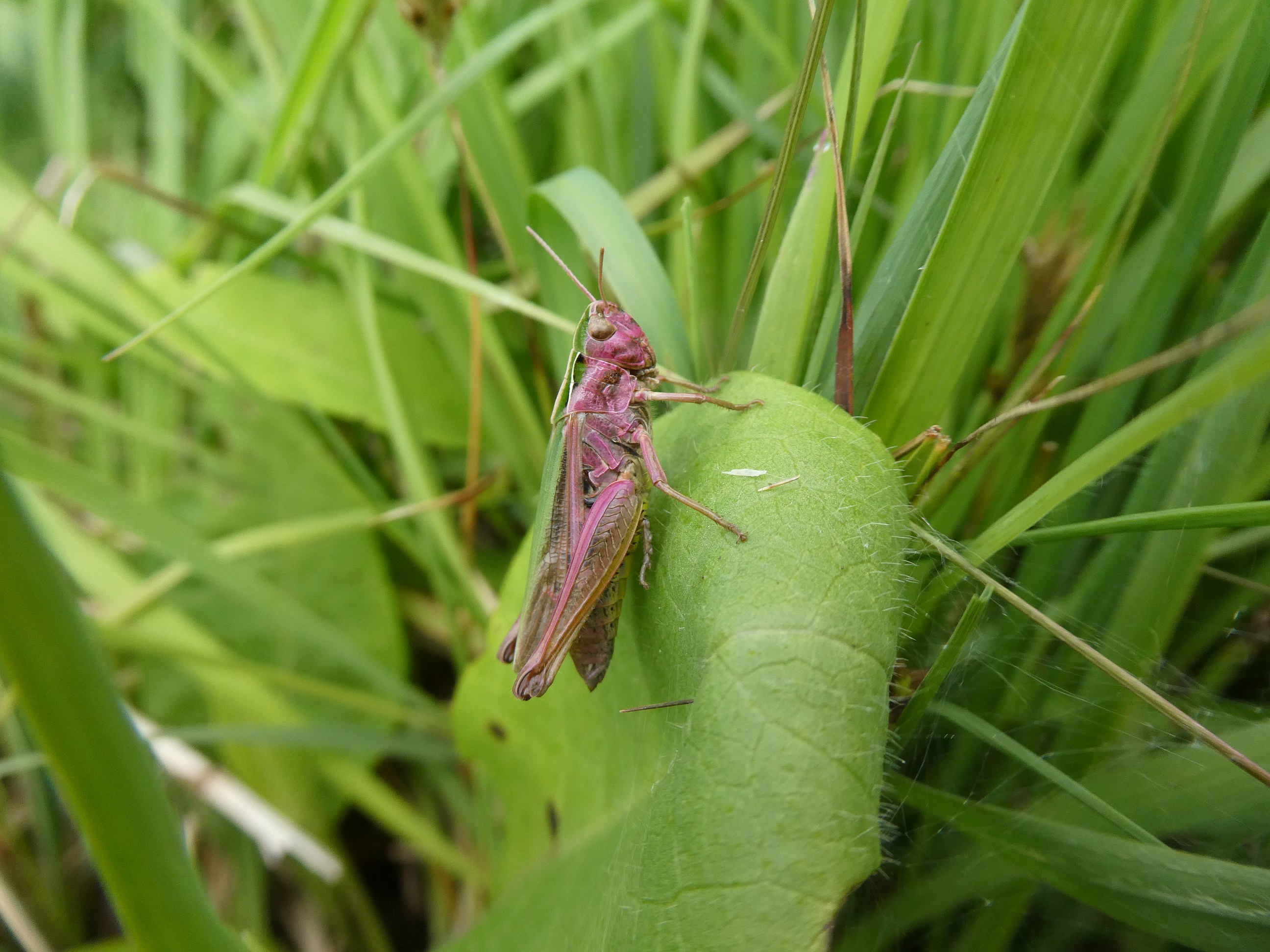
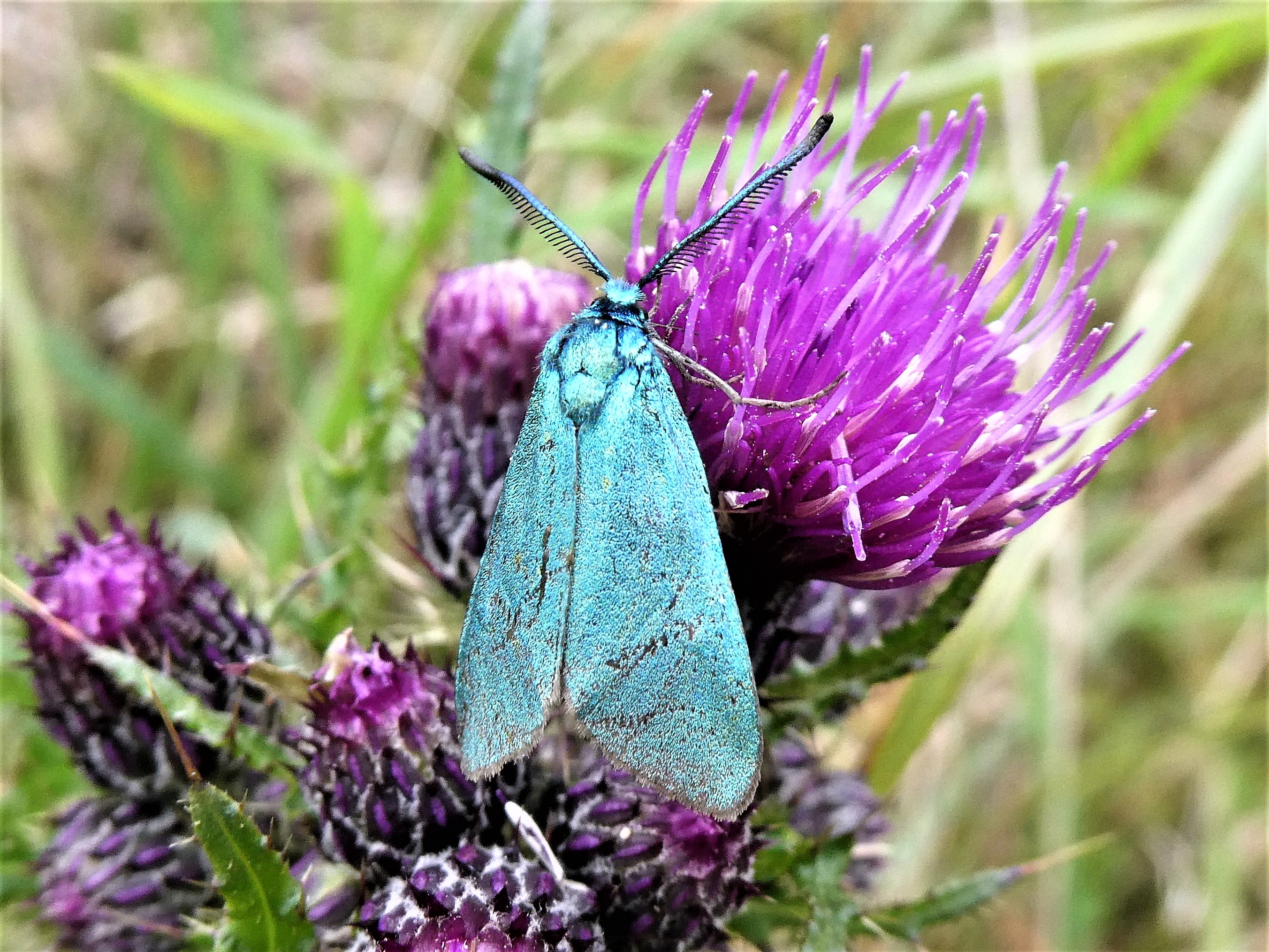
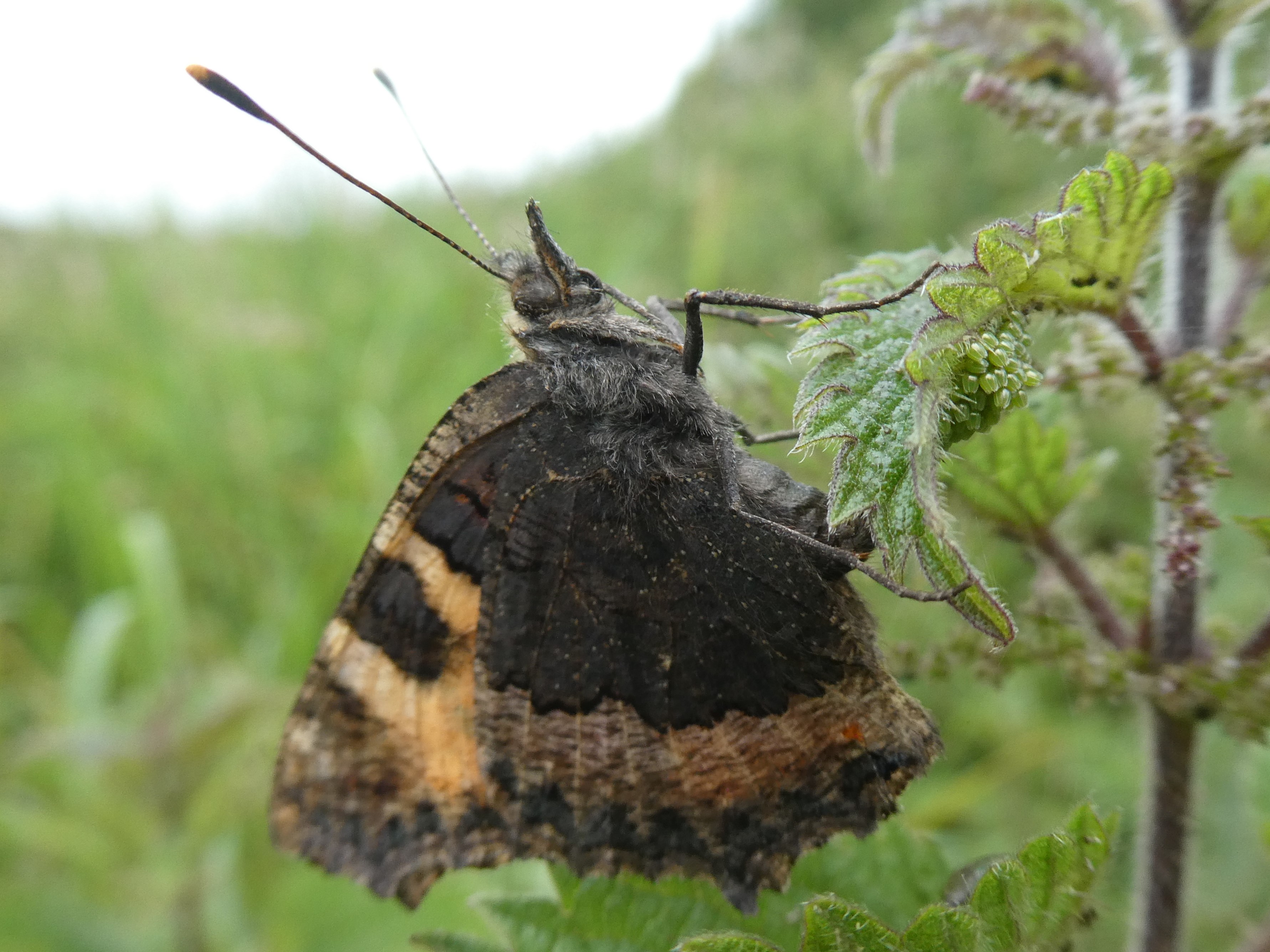

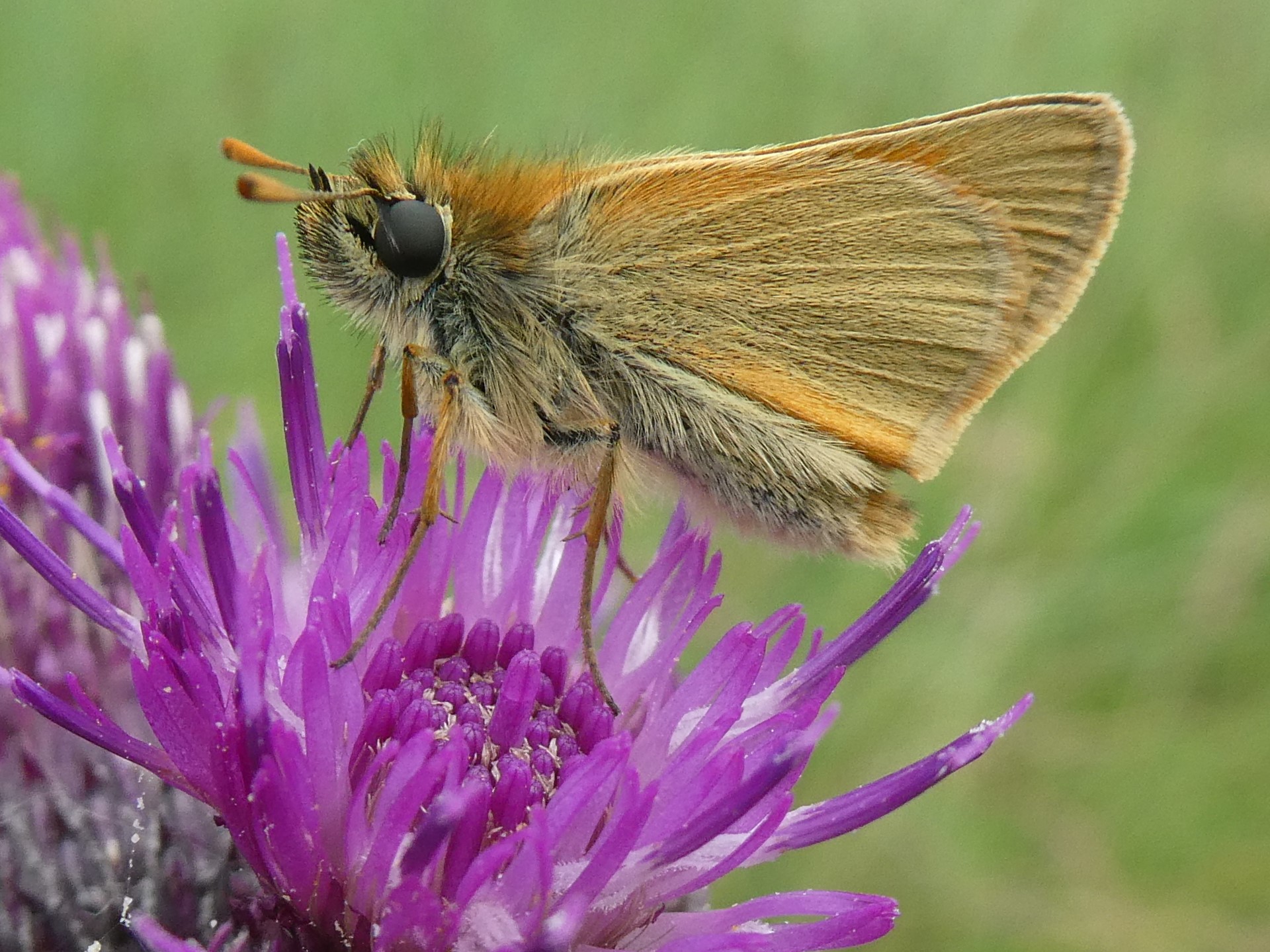
All photos J.Harding

